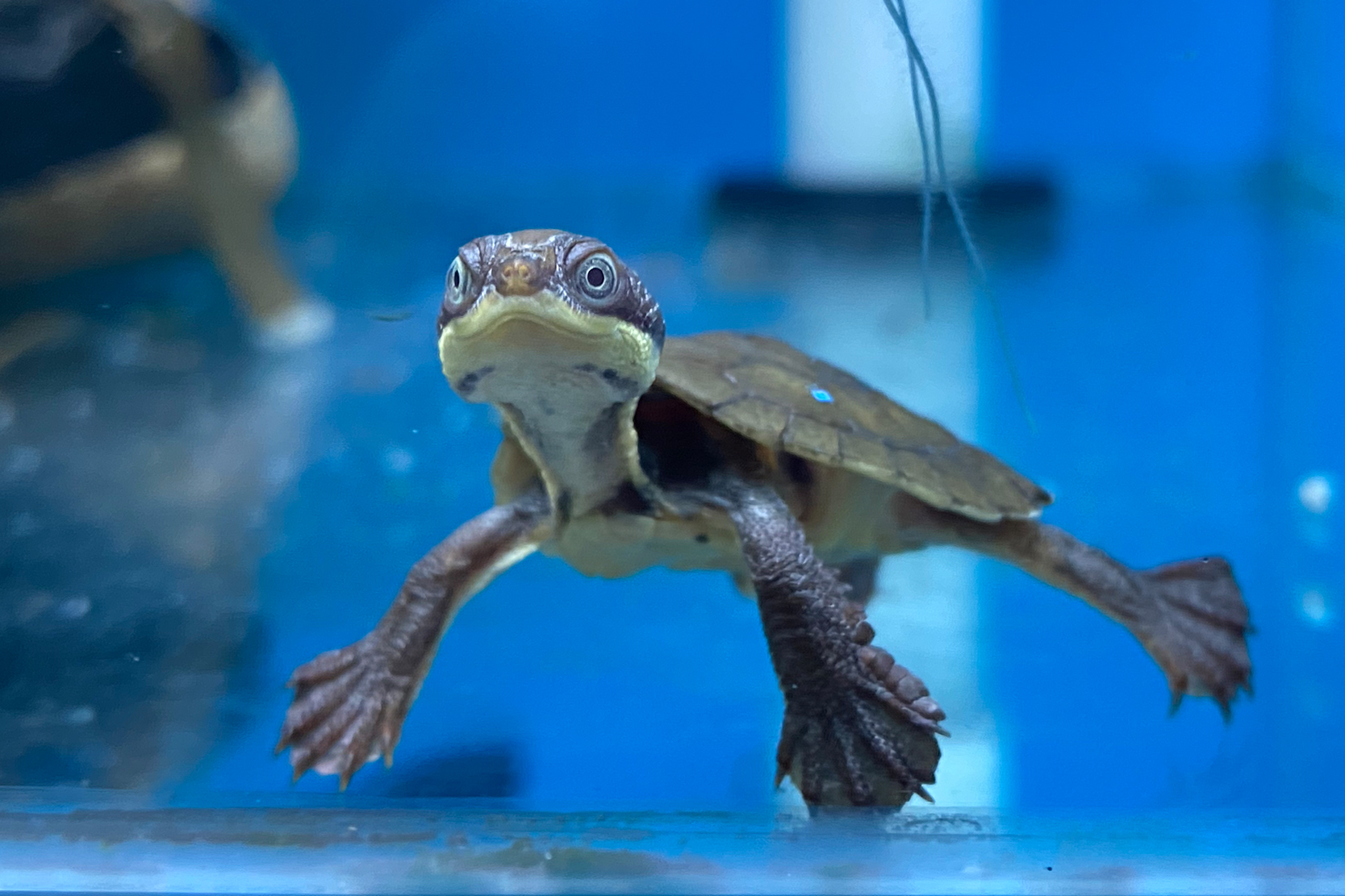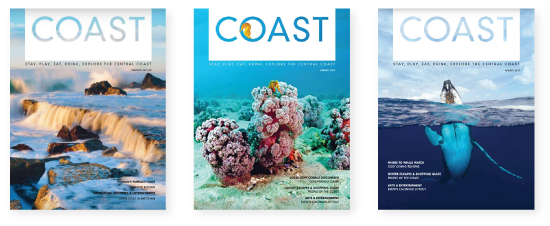Despite its ‘helmeted’ name, this is not the Ned Kelly of turtles, nor for that matter, the knight in shining armour of turtles. Coming to the rescue of damsels in distress, however, is none other than an unlikely ally, the often-maligned Australian dingo.
The Manning River Helmeted Turtle is thought to be the ancestor of virtually all Australian turtles and, it’s estimated that this ‘living fossil’ has been around for up to 85 million years. Today, however, its numbers have plummeted as a result of predators, habitat loss to farming and urbanisation, and the 2019 bushfires that wiped out critical habitat. But its best friend could well be the dingo, for it seems dingoes would much rather hunt feral foxes which in turn are the turtle’s greatest predator. Particularly in more remote areas, anecdotal evidence is that dingoes have been highly effective in keeping fox numbers down. Foxes not only raid the turtle nests and eat the eggs and hatchlings, but also the females while they are out of the water laying their eggs on the riverbank (gruesomely taking just the vulnerable heads and tails). In one area, 97 per cent of nests were found to have been raided by foxes, wiping out many many generations of turtles.

Feral pigs, too, are known to raid turtle nests, as do goannas and water rats. Given drought, bushfires, habitat loss, road accidents and more, the Manning River turtle is fighting for survival.
The turtle is known for its attractive yellow markings on the underside of its shell and tail, as well as a clear yellow stripe from the jaw down to its shell, which gives the top of its head a helmeted look. With a hard protective shell, why is it so vulnerable to attack? It’s a side-neck turtle, which means it folds its head to one side under its carapace but its short neck can’t fully retract under the shell, and this has made it especially vulnerable to attack.
In the world of science, it’s been officially known by a number of scientific names down the ages. The Australian Faunal Directory officially calls the Manning River turtle, Wollumbinia Purvisi, so that’s good enough for us.
Its habitat is exclusively around the Mid North Coast, specifically the shallow and clear-flowing middle and upper stretches of the Manning River, its tributaries and catchment area, where the turtles perform important environmental tasks, cleaning up our river systems, and maintaining the balance of vegetation in waterways that are critical to our freshwater ecosystems.
Once the turtles grow to adult size they are much less vulnerable to predators. And that’s where Australian Reptile Park, Aussie Ark and NSW Office of Environment and Heritage come to the rescue.

‘Manning River Turtles are like dinosaurs, they’ve been around for millions of years,’ says Tim Faulkner, from the Australian Reptile Park and Aussie Ark. ‘We weren’t about to sit back and let them disappear on our watch, we had to do something!’
Through crowd-funding that raised $110,000, a purpose-built facility has been constructed at the Reptile Park with 10 breeding ponds. There are now 12 adult turtles hidden away shyly in the breeding ponds and surrounds where they can mate, lay and bury their eggs. The results of these efforts are 20 hatchlings on display in the aquariums at the Park, where they are monitored and nurtured until they are released back into the river system in spring and summer when they are around a year old and big enough to better defend themselves against predators.
Aussie Ark’s team will continue to collect individuals throughout the year (Covid-permitting). The Federal Government has also contributed funds under its Bushfire Recovery for Wildlife and Habitat Community Grants.
‘Turtles aren’t soft and cuddly like koalas, or fearsome like the Tasmanian devils,’ says Tim Faulkner, ‘But they’re just as important to our ecosystems and that is why they need our protection.’
aussieark.org.au/manning-river-helmeted-turtle
reptilepark.com.au/manning-river-turtle/
Words Catharine Retter






